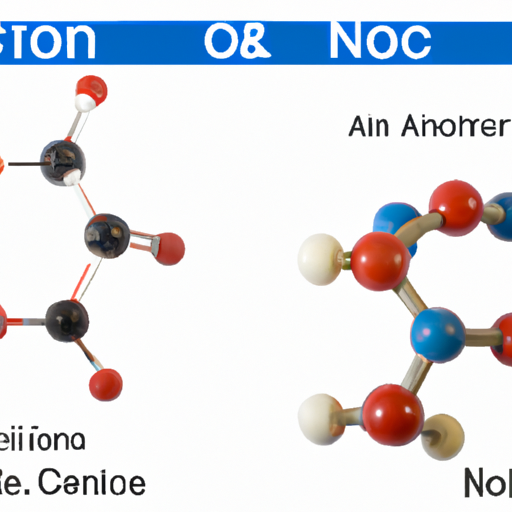Ionic vs. molecular compound: Ionic compound is a chemical compound composed of ions held together by electrostatic forces which are called ionic bonding. The compound consists of positively charged ions called cationscat-ions and negatively charged ions called anions. Ionic compounds have high melting and boiling points and are rigid and brittle. They can be generated from their constituent ions through evaporation, precipitation or freezing. Ions are packed and arranged into regular crystalline structures that minimize the lattice energy. While a molecular compound is the one atoms share electrons through covalent bonds. When atoms share electrons, they are able to have their outermost energy level full. The covalent bond is considered to be a type of chemical bond. Molecules of this compound are held together by covalent bonds which exist between atoms that have similar electro negativities. Molecular compounds are composed of two or more nonmetal elements. There are many differences between ionic and molecular compounds. These include:
So What is the Difference between ionic and molecular compounds?
1. Formation:
An Ionic compound is formed when metals react with non-metals in which ions are held together by ionic bond while a molecular compound is formed when atoms share electrons in outermost energy level to form compound and are held together by a strong covalent bond.
2. Electrical conductivity
An ionic compounds do not conduct electricity in solid state because there is no free ions or electrons but when dissolved in water they conduct electricity very well as ions are able to carry charges whereas a molecular compound does not conduct electricity either in its pure form or when dissolved in water due to lack of free ions, they do not carry electric charge very well, and thus, act as poor conductors of electricity.
3. Bonding
An ionic compound has ionic bonding which involves interaction of full positively charged ions and negatively charged ions where the atoms are electro statistically attracted toward each other and they are transferred between atoms while in a molecular compound the covalent bond is quite weak hence, most compounds exist in gaseous phase which involves sharing of electrons between atoms resulting in stability.
4. Melting and boiling points
Ionic compounds have high melting and boiling points because high temperatures are required to overcome the attraction between the positive and negative ions in ionic compounds and therefore a lot of energy is required to melt ionic compounds while molecular compound has low melting points due to large molecules which are solid. On melting and boiling, low temperatures are required to break intermolecular forces of attractions in which lower energy is used.
5. Chemical formula
An ionic compound can be identified from the formula if it has a combination of metal and a nonmetal ion, metal and polyatomic ion while a molecular compound can be identified from a combination if it has a combination of nonmetal and nonmetal, or more than two nonmetals and metalloid and a nonmetal.
6. Physical appearance
Ionic compounds tend to be hard and brittle in physical texture because of their closely packed lattice structure and ionic bonds between the charged ions while molecular compounds tend to be softer and more brittle because the covalent bond in such compounds are flexible, and bend easily.
7. Solubility
Ionic compounds tend to be soluble in water because water is a polar compound that can exert enough force to overcome the ionic bond and cause the ions to go into solution while molecular compounds are less soluble in water because not all of them have hydrogen bonding in the molecule.
8. Enthalpies of fusion
In ionic compounds high temperatures are required to overcome the attraction between the positive and negative ions and therefore a lot of energy is required to melt ionic compounds or cause them to boil and thus have high enthalpy of fusion while in molecular compounds have lower enthalpy of fusion due to covalent bond which breaks easily under high temperature.
9. Enthalpies of vaporization:
The enthalpy of vaporization is the heat required to vaporize one mole of a liquid compound under constant pressure. Ionic compounds have high enthalpies of vaporization due to their high melting and boiling points. Whereas in the molecular compound, there is low enthalpy of vaporization due to their low melting and boiling points.
10. Flammability:
Most molecular compounds contain flammable substances that contain hydrogen and carbon atoms which can undergo combustion, a reaction that releases energy when compound reacts with oxygen while ionic compounds are less flammable because they contain few hydrogen and carbon.

